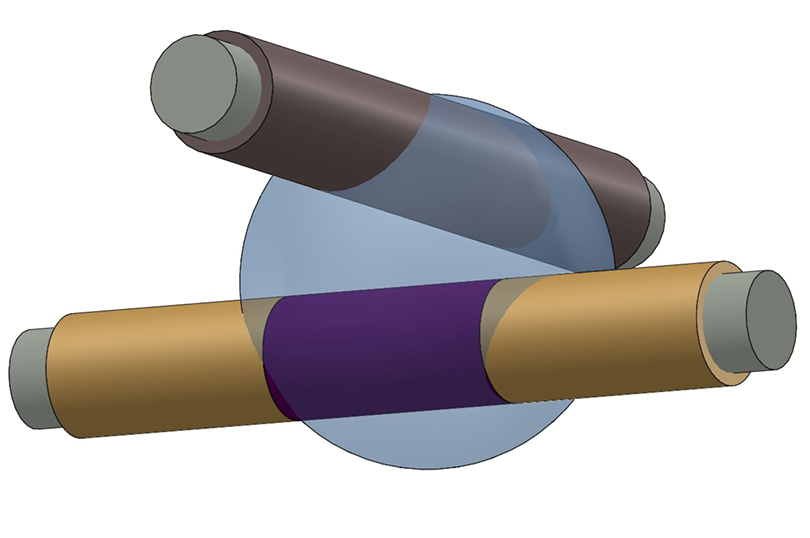Ionic liquid/ionogel gating of transistor architectures

In a perspective article published in Journal of Vacuum Science & Technology B, a team of Tufts engineers from the Department of Electrical and Computer Engineering and the Department of Chemical and Biological Engineering highlighted three classes of emerging transistor architectures and provided examples of scenarios in which ionic liquid/ionogel gating has improved or could improve the performance and fabrication of devices. The article was highlighted by the editors of Journal of Vacuum Science & Technology B as a featured article, acknowledging it as one of the journal’s best.
The development of transistors more than 70 years ago opened the door to creating smaller, more accessible devices like computers and radios that are essential to modern life. In their article titled “Opportunities for Ionic Liquid/Ionogel Gating of Emerging Transistor Architectures,” PhD candidate Rachel Owyeung, Professor Sameer Sonkusale, and Associate Professor Matthew Panzer outlined the potential advantages of ionic liquid/ionogel gating in surround gate transistors, vertical transistors, and thread/fiber-based transistors.
Read more in Journal of Vacuum Science & Technology B.
Department:
Chemical and Biological Engineering